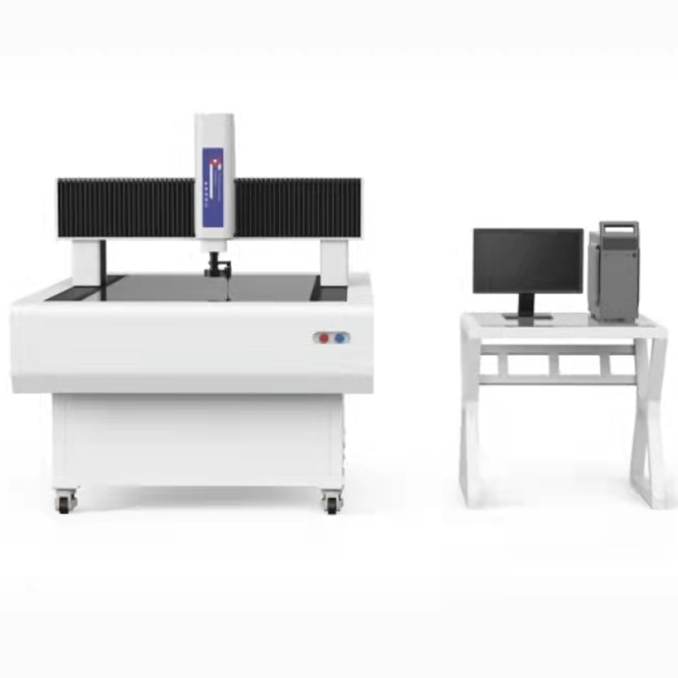In the natural world, ginseng and tilapia have never crossed paths — one is a saltwater fish found in oceans, while the other is a freshwater species that thrives in rivers and lakes. However, through scientific innovation, these two seemingly incompatible creatures now coexist happily in a fish tank, symbolizing a breakthrough once thought impossible. Scientists are redefining what’s possible by exploring new ways to grow seafood in controlled environments.
With global demand for seafood on the rise, researchers are looking for sustainable solutions to meet this need. According to industry analyst Howard Johnson, "Our natural resources are limited, and ocean fish alone can't keep up with the growing demand. Aquaculture has a huge opportunity ahead." In 2002, the average American consumed nearly 16 pounds of seafood, a 7% increase from the previous year. By 2020, Johnson predicts an additional 1.1 billion pounds of seafood will be needed annually to satisfy consumer demand.
Experts at the Harbour Branch Oceanographic Institute believe that advancements in aquaculture technology will play a key role in meeting this challenge. For example, ginseng fish — also known as Pangasius — are now being raised in freshwater environments, reducing their reliance on saltwater habitats. Researchers are also experimenting with flatfish and black sea bass, gradually adapting them to live in less saline conditions.
These innovations not only help meet demand but also offer economic opportunities for local farmers. As Kenneth Raleigh from the Harbour Branch Institute explains, "In places like Kansas or Missouri, you could soon see fresh fish and shrimp on the table every night." This shift gives people more food choices beyond traditional meat options.
Another area of research involves modifying fish behavior through environmental control. For instance, scientists are learning how to manipulate temperature and light to encourage early spawning in species like flounder. By creating artificial winter conditions, they can boost production and improve efficiency.
New feeding technologies are also helping fish grow faster, become more nutritious, and resist disease. Similar to how the poultry industry has optimized chicken production, aquaculture is following a similar path. Johnson notes, "We can achieve faster growth, better meat yield, and lower costs."
Artificial aquaculture is becoming a vital solution to overfishing and declining wild fish stocks. In 1995, a fishing ban hit the U.S. fishing industry hard, especially for species like ginseng fish. But with aquaculture, these fish can be farmed sustainably, ensuring long-term availability. According to the USDA, aquaculture has grown by 300% over the past 20 years and is now the fastest-growing sector in the U.S.
By 2020, aquaculture is expected to dominate the market for four key seafood products: shrimp, squid, tilapia, and another type of fish. Many farmers, like Schumann from the Indian River Aquaculture Association, have made the switch from traditional agriculture to aquaculture. In 1998, he left his citrus farm behind and started raising shrimp, capitalizing on the ability of shrimp to adapt to freshwater environments.
Today, shrimp farms are thriving across the U.S., particularly in warm regions. Schumann produces 2,000 pounds of shrimp annually, supplying high-end restaurants and resorts. He says, "It's a great business and good for the environment. It provides food and keeps our family tradition alive."
Gantry Type Video Measuring Machine
The gantry-type Video Measuring Machine can efficiently detect the contours, surface shapes, dimensions, angles, and positions of various workpieces. It is mainly used to measure the size and angle of parts and components that are difficult or impossible to measure with a caliper and angle ruler but play an important role in assembly. It can also be used to take pictures of some parts and components to analyze the causes of defects, especially for PCB boards, films, protective films, optical glass, electronics, large sheet metal parts, connectors, precision mechanical parts, electronic components, semiconductor components, and other industries, It can achieve rapid and accurate detection in large quantities.

advantage:
1. Adopting a high-power industrial high-definition color CCD and a continuous automatic zoom depth lens with fixed frame position, the zoom rate does not require calibration, greatly improving work efficiency and measurement accuracy.
2. Images can be output to electronic computer software for surveying and mapping engineering storage. It can be used for photography, copying, and storage.
3. It can inspect the specifications of buried holes, pipe trenches, etc. on the upper surface of the tested object block. The image and color tone on the surface of the product workpiece can be clearly seen.
Gantry Type Video Measuring Machine,Gantry Type Video Measuring Instrument,Large Image Measuring Instrument,Large Video Measuring Instrument,Video Inspection System
Zhejiang dexun instrument technology co., ltd , https://www.dexunmeasuring.com
